In this post, we’ll discuss the need for a crochet business plan and I’ll share mine with you. How can you see if you really need one without an actual example?
So you’re a small crochet business owner. You make things and sell them or at least try to.
How’s the business going? Good? Then you don’t need to read on, maybe just write a comment to let me know what magic you’re doing, I’d like to try it.
Now if you’re not doing so good or getting constantly distracted by new ideas (guilty!) and can’t concentrate on one thing that will make your business bloom (there is no *one thing* that will do that, by the way, if someone told you there is, they are lying to get your $$$), welcome to the club.
We don’t have a clubhouse, but the internet can serve as our headquarters. I’ll prepare a tasty tea for you and you can tell me all about your crochet business journey in the comments. Or just shoot me an email, I love reading stories.
Getting down to business. I have no idea why you’re here. I may have some idea, but it would be better if you let me know before I make any assumptions.
As for me, as a small crochet business owner, I want to do my best. I also want you to do your best because I know very well that we can have a successful business as crochet designers.
Contents
Let’s start with the business plan – why need one?
If you have no idea what you’re doing and just started writing and selling patterns because people kept asking for your patterns, writing down what you already have and what you are doing is a great step forward.
Why?
- Because you can see your business from a bird’s eye perspective, see where things are great and where things are not as great as they could be.
- You can find your strengths and find what makes you go “bleughrl” every time you try to do it, then delegate that work to someone else (yes, you can hire people to do small annoying tasks for you!).
- You can see the opportunities that are out there and that you are not getting to because you were too busy in the making to see anything else.
- Or you can find your priorities and focus on them, instead of getting distracted by this and that every day.
- You can make an actual plan and flesh out a strategy that you can follow every day to get the results you’re now just dreaming about.
- You can finally put those analytics to use!
So many great reasons, just pick one and let’s get started.
How to write a crochet business plan
This is not a regular business plan. You don’t have your product yet.
You may have some products/patterns, but the point is to keep on creating and promoting products, instead of having a single one that you make TV commercials for.
This is great for those of us with unlimited creativity that is stifled in regular jobs (ahem, who can’t keep “regular” jobs because we’d be bored out of our minds during the first hour on the job).
You also don’t consider the crochet community your competition (if you do, get out now), because it’s the actual crochet community, what with all the makers, designers, designer wannabes (in a good sense, as in they are not yet sure of their powers), that will make you and help you succeed.
The crochet community is the place to be if you want to make anything of yourself as a designer.
This community is also fickle and likes things that may be light-years away from what fashion designers put on runways. I guess that’s why I love it so much. It has its own personality. Well, multiple personalities, there is a bit of something for every quirk you can think of.
So in your business plan you need to take these things into account.
A regular business plan includes sections like:
- business description,
- market analysis,
- competition breakdown,
- team and management,
- product development,
- business strategy,
- financial plan,
- marketing strategy
- and let’s not forget the executive summary, which is everything else condensed into a few phrases.
These seem a bit dry, but you’ll need most of them, even if you don’t call them by their original name.
If you work on your own, you can simply skip the “team and management” section because you’ll be making all the decisions and implementing them too.
A crochet business plan example
To give you a feel of what one of these crochet business plans might look like, have a browse through my potentially excessively extensive business plan (it’s packed full of information, though, so I’m not sorry for making it so long).
I don’t have an executive summary yet, but if I ever write one up for some reason, I’ll update the document.
You’ll notice I renamed most of the sections I mentioned above and included in the text my values, a SWOT analysis (strengths, weaknesses, opportunities, threats) and other things that I’ve learned so much about during the past decade of my life (yes, I did my PhD while secretly wishing to be a business owner, shhh).
I wrote my business plan prompted by the bank where my family and I would like to get a loan and they want to see that I’m not just pulling at straws here and know exactly what I’m doing.
That’s as good a reason to write it up, even though I’ve had all this floating through my head for the past two years. Putting it down in words feels great.
Yarnandy crochet business plan
Business opportunity
A lot of people have taken up handicrafts during the past decade as a way to relax and relieve stress after work. Crochet is not for grannies any more, it is for everyone who needs to do something creative in their free time.
Shopping and watching movies are too passive and not fulfilling, so a lot of people have started learning to crochet, knit, draw, sew, work with wood.
Some people need to make things to feel fulfilled, some people need something relaxing to do after work.
A lot of independent crochet-related websites have appeared during the last 10 years, catering to this group of people who are not used to buying magazines or who want more complex, more interesting designs than the ones they could find in magazines.
Crochet magazines have been around for at least a century, but their designs are difficult to read, as they need to be printed on as small a surface as possible, most are outdated or not suitable for the needs of contemporary crocheters.
There are several websites that provide independent designers the possibility to list their own digital products (Etsy, Ravelry, LoveCrafts, CrazyPatterns, Ribblr, several others) and sell patterns to their audience.
An independent designer with a website or accounts on these websites can reach the potential audience that is not served by magazines, but that prefers to choose their own designs based on photos and reviews, as opposed to the reputation of a magazine.
Positives
Independent crochet designers who publish online have the freedom of unlimited space for publishing, as they control the text, photos and other details that are included in the pattern, offering much more value to the customer than a magazine could.
The revenue stream feeds the designer directly, by direct sales on the owned website or on the various platforms.
Having patterns and other articles available on a personal/business website is an opportunity for advertisements and affiliate marketing, by matching what people search for with genuine content that helps visitors.
The production process is controlled by the designer, who can decide how often to publish, how the testing and review process happens, what yarn is used for samples.
There is great potential for marketing through social media channels, since crochet is an essentially social activity.
Negatives
Being an independent designer means that all content creation, all the design decisions, the actual sample making, all marketing, all financial aspects are the responsibility of a single person, the designer.
This might be overwhelming in the beginning, but very manageable with a content strategy in place. The content strategy is developed in time, and is based on experience, which means a lot of experiments need to happen before the strategy can be put into words and into action.
The potential reach is also much less than in the case of designers working for magazine publishers. The audience needs to be built slowly and through intentional marketing (not fad marketing, as it doesn’t create long-term customers).
Reaching a large enough loyal customer base takes a long time. It also takes commitment to quality and consistency in publishing.
It also requires confidence and the strategy mentioned above.
Market and competition
There are many independent designers that offer their patterns either on their own website, or on the various other platforms. They have successful businesses, some based on pattern sales, some based on ad revenue from their blog or YouTube channel.
They each have their own marketing strategies based on their individual strengths and past experience. Some employ their family members for sample making or for taking photos. Some hire outside help.
I am part of several online communities or groups with designers and have conversations with them regarding our common struggles with pattern writing or with customer service.
This is a great way to get to know the competition in this niche and to create the potential for future collaboration.
There is a known strategy in the crochet community, where collaboration helps multiple designers to grow their potential audiences, by making each individual audience of each individual designer aware of the work of other designers.
Learning from our common struggles and creating content relating to solutions to these problems is another avenue for passive revenue generation once I can add relevant ads to the particular articles relating to the design process.
Yarnandy – business description
The main idea behind Yarnandy is to provide patterns that are easy to make, but give beautiful results.
Patterns that provide the meditative rhythm that many people look for when making something, but without being boring.
Patterns that are simple enough to be made even by beginners, but that look stunning when finished. Original designs that bring joy to the people making them, as well as the people using them.
Patterns that make use of beautiful and precious yarn that are not often used by crochet designers.
This is a difficult balance to achieve, as there are many patterns out there already, but not many that meet all of these criteria.
The name is targeted, personal, short, easy to remember, and it is a play on words. In English, it can be interpreted as “Yarn Andy” (yarn and my nickname) or as “Yarn and Y”, where Y can be either a shortening of “why” or another spelling for “I” (first person singular personal pronoun).
https://yarnandy.com is the website that includes a blog with articles related to crochet, free patterns or shortened versions of patterns that are also available as PDF files in the shop, which is also on the website.
The website is optimized and growing with new articles every week. Currently, it has about 80-100 visitors per day from various sources when I don’t participate in marketing events.
Other platforms where I publish the PDF files are:
Etsy: https://www.etsy.com/shop/YarnAndy
Ravelry: https://www.ravelry.com/designers/andrea-cretu – currently the source of the highest revenue
Lovecrafts: https://www.lovecrafts.com/en-gb/user/maker/e2af429d-fc62-410c-81fb-c9774c0f83d7
Main marketing channel
Email list – the email list is still small, at 360, but slowly growing. It is a double opt-in list, where people sign up to receive updates.
The updates include everything relating to YarnAndy: new articles, new patterns, testing opportunities. The emails are personalized for each recipient and they can be forwarded.
The email list is the main marketing channel because it is certain that the people receiving the emails are interested in the current offers.
My current open rate for emails is between 30-40% per email campaign, but this might be affected by different email providers, that hide emails that they deem “promotional”.
Social media platforms for marketing
The social media platforms bring some revenue, some more passively than others.
YouTube is the main channel that I concentrate on, as it also functions as a search engine and can direct interested people to my website to buy the patterns that they are interested in.
YouTube videos also have a long life, when compared to other social media posts, which are phased out after only a few hours unless they become viral through no active effort on my part beyond creating the content itself.
YouTube: https://www.youtube.com/c/yarnandy
Instagram: https://instagram.com/yarnandy
Facebook: https://www.facebook.com/yarnandy
Pinterest: https://pinterest.com/yarnandy/
These marketing channels have made possible the following revenue since official business activity started in July 2020.
Some of them were set up in advance, to start reaching an audience, even before selling started.
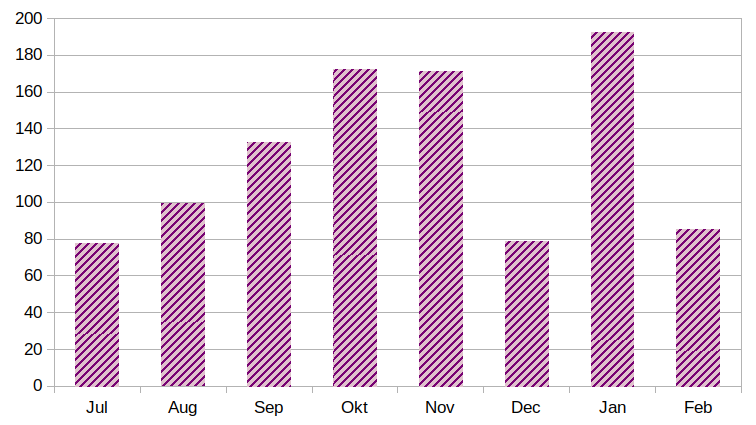
So far, since July 2020, I’ve published 15 patterns and created 30 blog articles.
Activity and strategy
This strategy was developed during the past 8 months of trial and error with trying various other strategies.
The current strategy might change in the future. Included are activities that I currently perform and activities that I am planning towards.
Design & pattern writing
There are several designs in production at any given time. I own a good amount of yarn from past yarn shopping, enough for at least 10 new designs.
I experiment with various ideas when they arise. I write some down, I sketch some, I make swatches for some using different yarns.
I have a list of requirements for each pattern, which help with the writing of the pattern itself.
The sample making process can take from a few days to a few weeks.
I write down in shorthand everything I do for each design while working on it, or afterwards, when I’m ready to work on that specific pattern.
All patterns follow the same structure, for clarity and ease of understanding.
This creates trust and makes customers return to buy the new patterns because they know what to expect.
All patterns that I can draw a chart for will include a chart. The drawing of the chart takes several hours to days.
I take photos and edit them for both the pattern and the marketing phase.
For some patterns, I record videos of the most important steps. The editing of each video takes me about a day or two.
After the writing is finished, most patterns go through a testing phase, where volunteers make one sample of the pattern and provide feedback.
Publishing
When the pattern is ready, after testing, I write the descriptive text that will accompany the pattern on each platform that it will be published on.
For most patterns I prepare a blog article where I detail the design process and sometimes provide a part of the pattern for free (including the video, but excluding the full instructions and chart).
I prepare text and images for social media, especially for Pinterest, which is a good driver of visitors, as well as Facebook group posts, where self-promotion is allowed.
I publish the various PDF files on the different platforms and promote them on social media.
Sometimes testers also promote the patterns on their own accounts.
I prepare and send out an email update to my email subscribers.
Sometimes I also write other articles relating to crochet, which I also use to promote my patterns that relate to the topic of these articles.
Events
There are online and offline events one can participate in as a crochet designer. Given the current pandemic situation, offline events are not available, but they might be in the future.
Regarding online events, there are events called “Crochet-along” or CAL that many designers or crocheters organize for their audiences.
They involve prizes for participants who complete their chosen project during the even.
I am planning to organize such an event for a particular pattern, as well as a recurring event for all of my patterns.
I also participate in other people’s events as a guest designer, which helps increase my audience.
There are also blog hop events, where a group of designers feature each other on specific days during a set interval.
I have participated and will continue to participate in this kind of event.
Regarding offline events, there are yarn festivals, where crochet designers are under-represented, as well as workshops.
In the future, I hope to be able to host workshops in a peaceful outdoor setting or a cozy indoor setting.
Workshops bring together people of various abilities and either teach a specific skill, or allow for sharing of knowledge between participants.
I also hope to be able to participate in yarn festivals in Europe and potentially start collaborations with yarn and notion sellers.
Opportunities for growth
Some independent crochet designers collaborate with yarn sellers to offer their patterns as parts of kits, or to offer patterns for free, but they get paid by the yarn companies to promote the use of their yarns.
Some publish some of their patterns in magazines, which pay specific fees. They can later on self-publish their patterns independently, after a specific period of time.
These could be two possibilities to explore.
There is also the possibility of collaborating with other designers on creating joint patterns and publishing them together in books. Guest posting free patterns on other people’s websites is another possibility.
There is the possibility of hosting an event to showcase the work of other designers or to create a collection together.
There is the possibility of providing tech editing services to other designers.
There is also the possibility of providing chart design services to other designers.
There is also the possibility of creating courses for crochet designers regarding pattern design and writing, chart making, marketing and other activities related to crochet design.
Final thoughts
There’s a lot here that I could edit and make sound better, but I’m not trying to convince anyone about investing in my business (except customers, but they don’t tend to read business plans).
Besides, I need to translate it to German and I doubt that my verbal gymnastics translate well.
If you need some help with writing out your version, for whatever reason you might need a crochet business plan, try reading through the example above and see what applies to you.
Please don’t copy and paste my text, just use it as a starting point to making your own version that applies to you and your unique abilities and plans.
For now, I hope that my big ‘ol chunk of text here will be useful to you in some way and I’ll be happy to not have written it just so it can sit in a file somewhere.
It has definitely helped me decant my ideas and plans for the future. I know exactly what to concentrate on (well, I’ve known for a few weeks) and what to let go of.
I hope it gives you some of the same clarity that it gave me.
And if you want to read more articles that I wrote for crochet designers, check them out here:
Body measurements for garment design – survey results April 2023
Why you should make your digital products more accessible and how
I hope you enjoyed this article and that I’ll see you around when I publish more articles for crochet designers.
Hugs,
Andrea


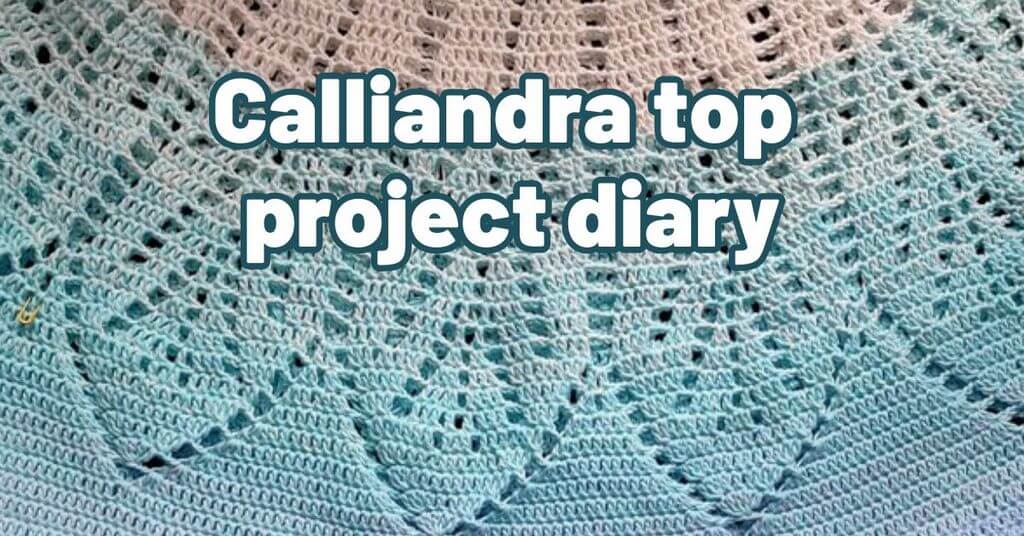
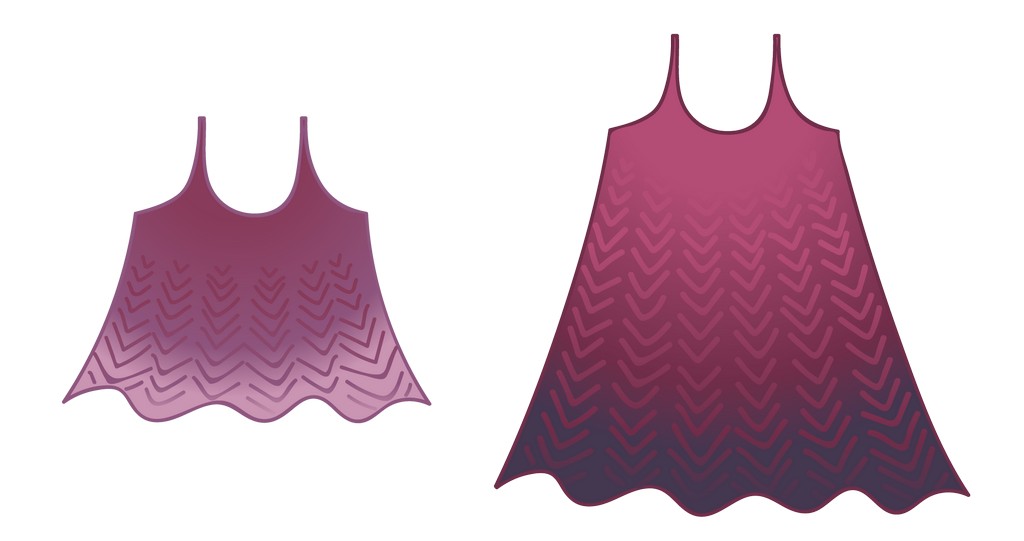
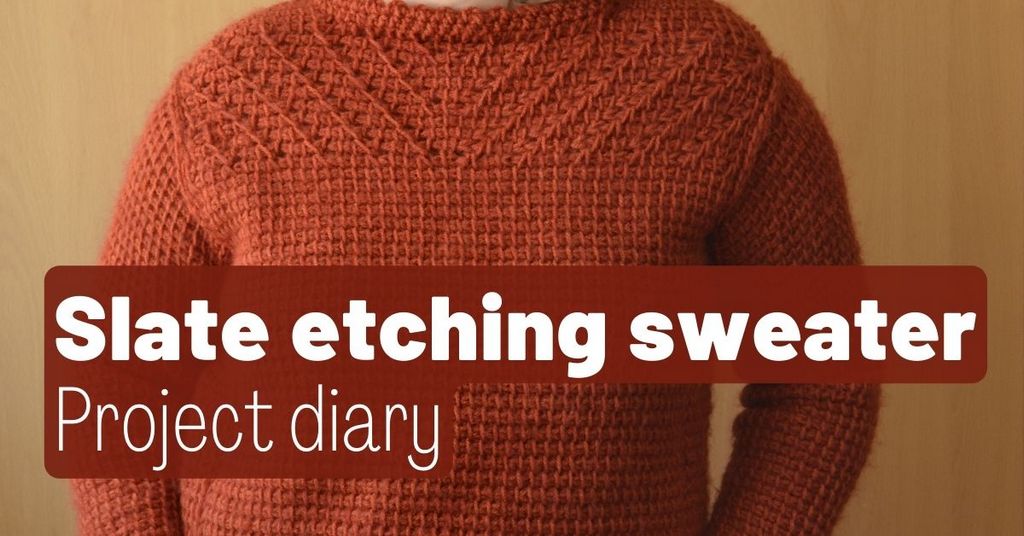
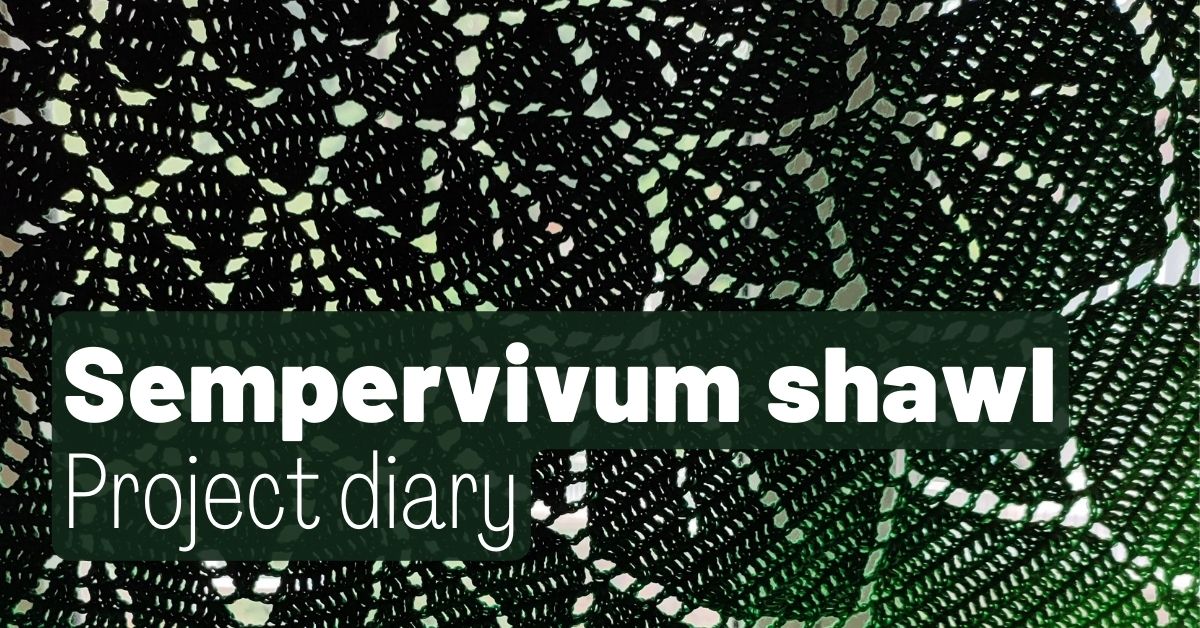
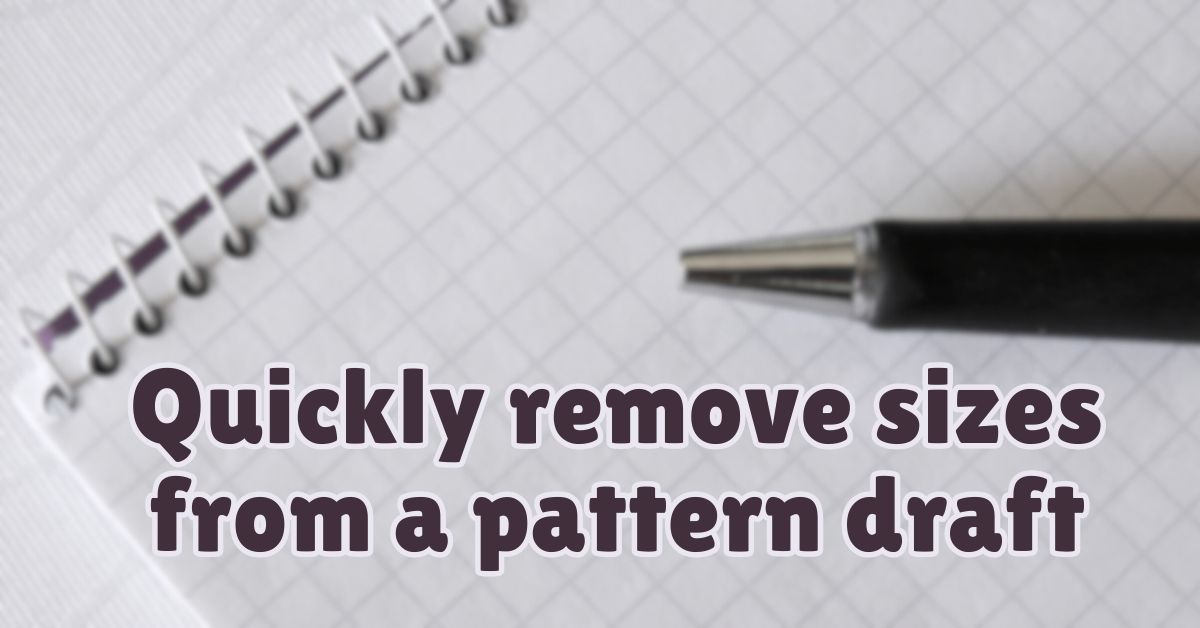
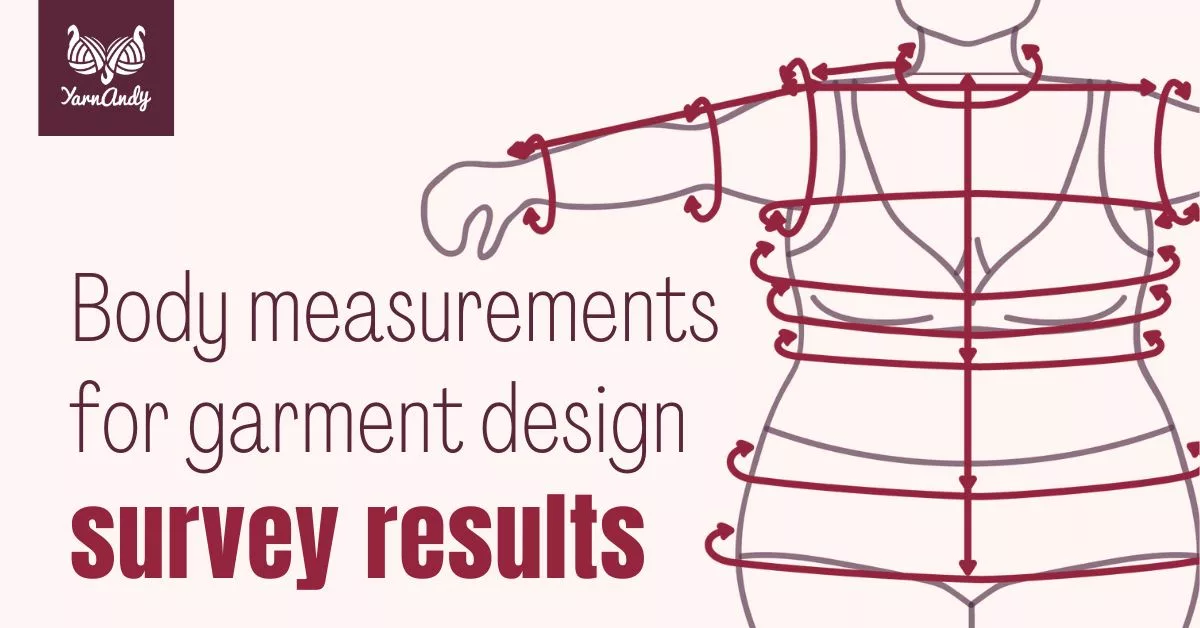
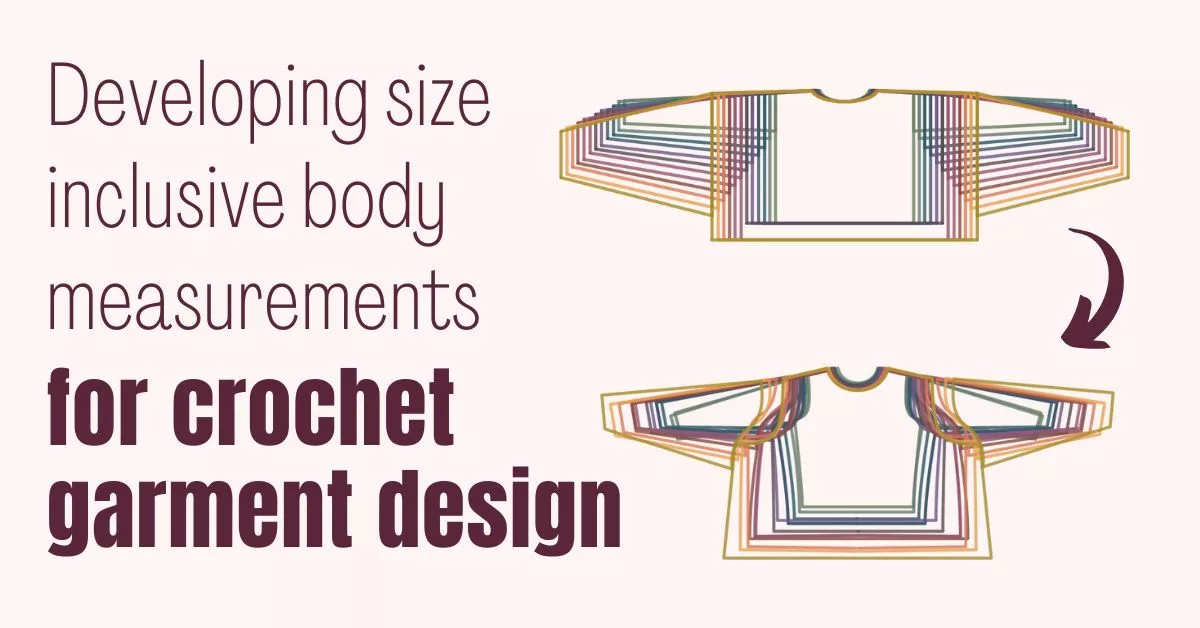
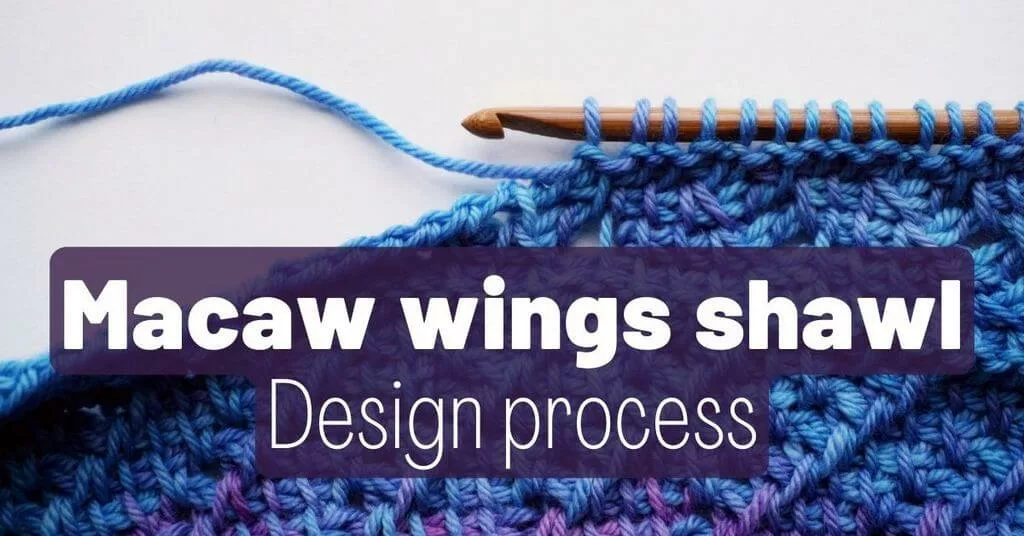


Thank you for sharing so freely! I am just starting out in pattern design & reading your article has been a massive help 😊
Thanks Lucy, I’m glad it was helpful.
Thank you for sharing!